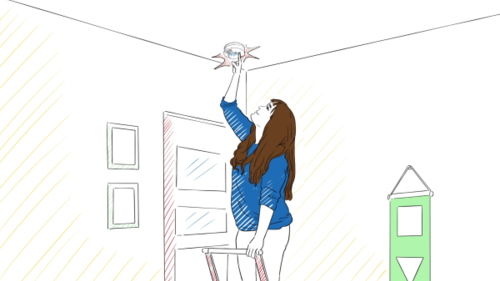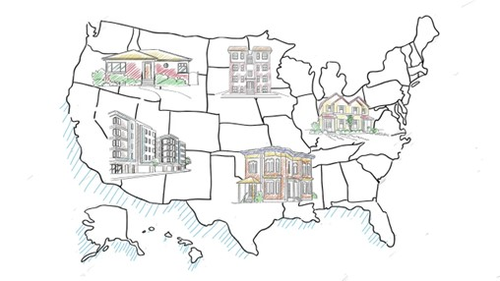Rental Housing in the U.S.
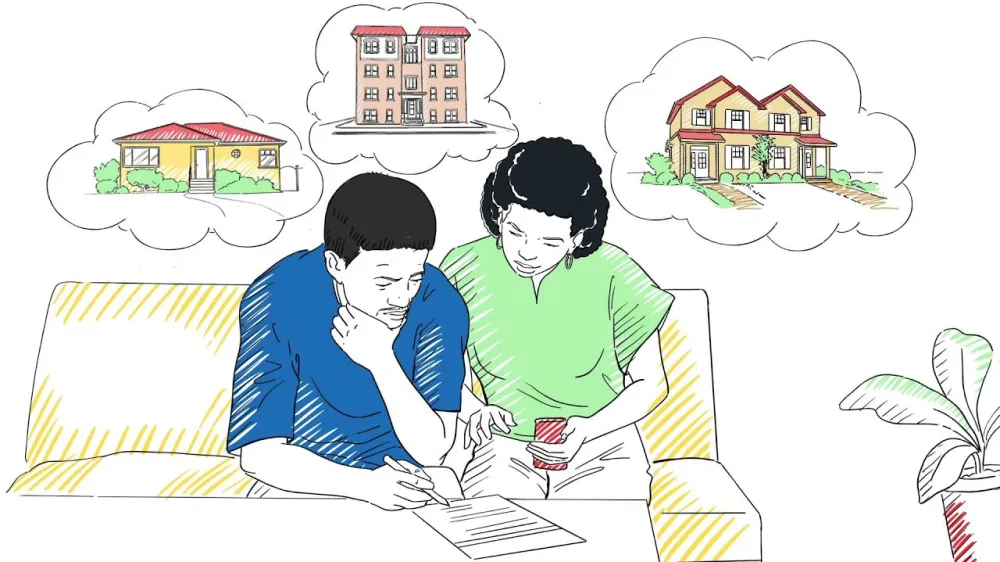
About Rental Housing in the U.S.
The main housing types are large and small apartment buildings, duplexes, houses divided into apartments, and shared housing where you can rent a room. Rentals apartments, duplexes, and houses have a kitchen, a living and dining area, bedrooms, and one or more bathrooms. Shared housing has shared kitchens, dining areas, and often shared bathrooms. Types of housing available depend on location. In big cities, you will mostly find apartments for rent. Outside of cities, in suburbs or small towns, you will find a mix of apartments, townhouses, and houses.
When you rent, you pay an agreed amount to the owner or manager of the property each month. Most often, you will sign a rental contract called a lease. A lease guarantees that you can stay in your housing for an agreed amount of time and for an agreed monthly rent amount.
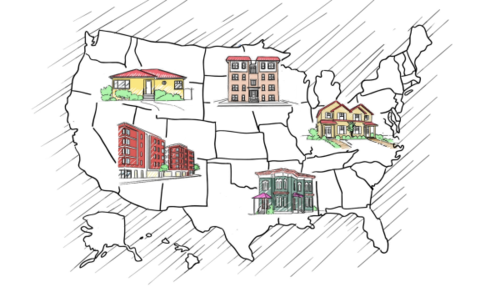
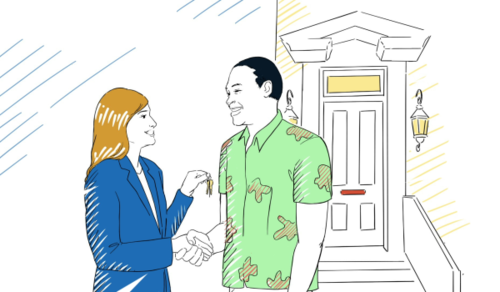
Before Your Housing Search
Before starting your housing search, you should know your budget and preferred location. Consider your housing needs, which are what you must have to be safe and secure, especially if you have a relative with a disability. Also consider where your job, grocery stores, schools, community centers, libraries, and public transportation are. Finally, think about access to family or community support.
Your budget will help you understand how much you can afford to pay for monthly housing, which is usually your biggest expense. Generally, people in the U.S. try to spend no more than 30% of after-tax household income for rent. However, many newcomers may spend 40% or 50% to get the housing they need.
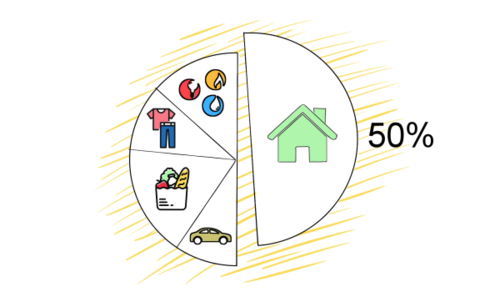
Finding Affordable Housing
U.S. housing is expensive, especially for those with a limited income. But there is help. Your sponsor or sponsor group, your Resettlement Agency, or another community welcome group like AmeriCorps can help you find housing resources.
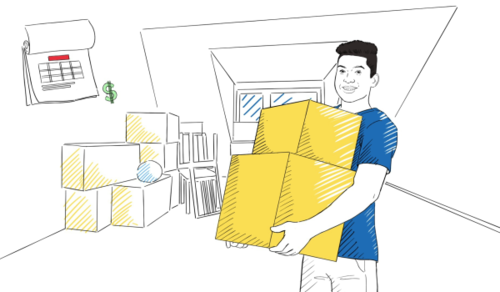
Frequently Asked Questions
Websites like Zillow, Apartments.com, Trulia, and RentCafe show available homes across the U.S. You can use these websites to search for housing that meets you or your family’s needs in your preferred location and budget.
Costs vary for mixed income and public housing. Affordable housing programs, like the Housing Choice Voucher Program and subsidized housing, can help lower rent costs or provide housing assistance. If you need help finding affordable housing, contact your local Public Housing Agency. Here are some costs for rental housing:
- Market rate rentals are homes or apartments that the owner can charge any price for. They can be very expensive, and the cost can change depending on their location.
- Mixed income housing is when an apartment building or townhouse development has some homes at market rent. Mixed income housing is less expensive because housing is subsidized for people with lower incomes. These homes are usually close to stores, schools, clinics, and public transportation.
- Public housing is built and paid for by the government. Rent is based on after-tax family income. Many Americans are on wait list to get public housing, so it is sometimes difficult for newcomers to qualify for public housing.
- Section 8 housing, also called the Housing Choice Voucher Program, is when the government helps pay part of the rent to a landlord or property owner. Not everyone qualifies for this program, and you must apply and meet certain qualifications.
If you need help finding affordable housing, contact your local Resettlement Agency, sponsorship group, or Local Housing Authority for help.
Your lease will tell you what costs are included in your rent, which ones you are responsible for, and when payments are due. When you rent an apartment or house, you must pay additional fees like a security deposit, which pays for any damage when you move out. You may also pay first and last month’s rent.
You might have to pay for other things to take care of your home like trash removal, pest control, and utilities such as electricity, gas, water, and Wi-Fi. It’s important to know what costs you must pay so that you can budget your money wisely.
